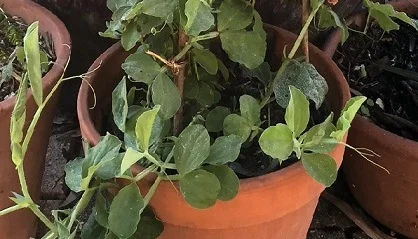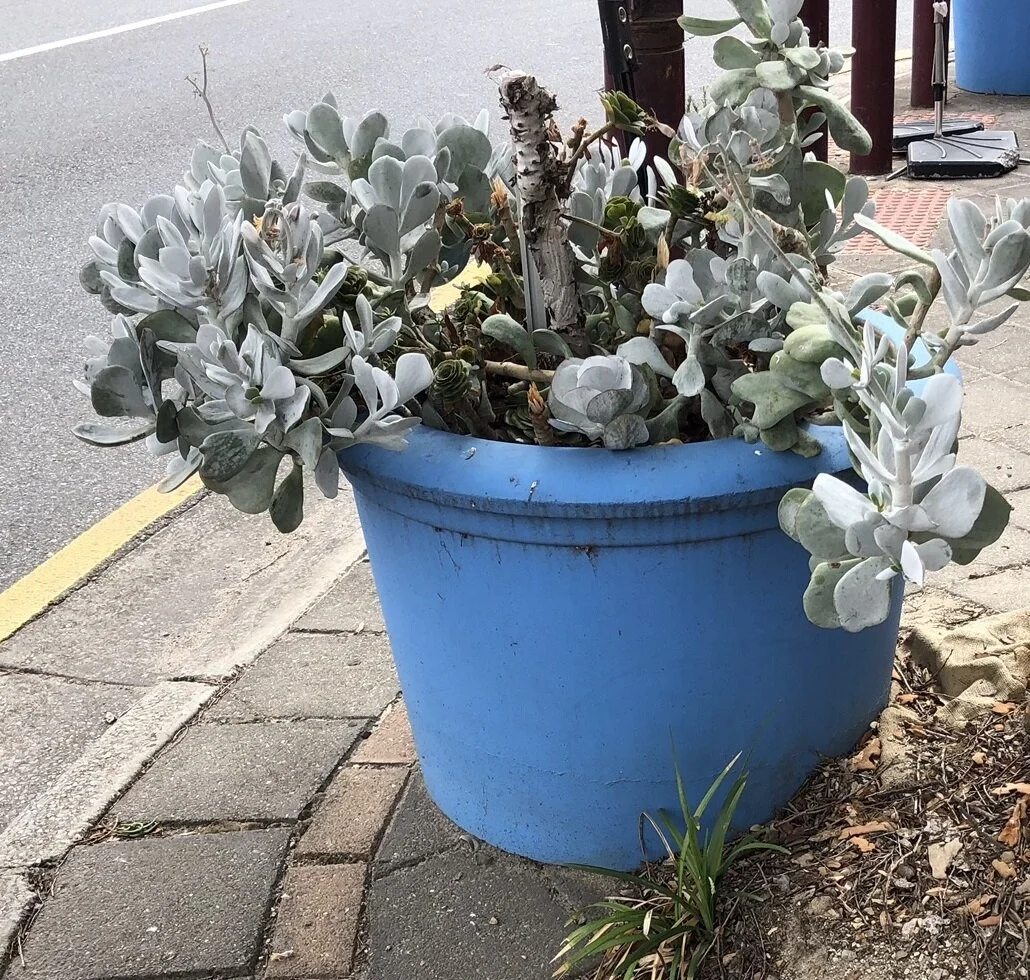Frostwatch I: Fruit & vegetables
In the same vein as my Scorchwatch series on the varying tolerance levels of plants to extreme heat, I am doing a series of posts on frost tolerance: Frostwatch.
Last week I started out with an intro piece that talked about microclimates and how frost-free & frosty areas can be dotted all over the place quite close to each other. There are also degrees of frost (duh) and I spoke about the difference between a ‘-2’ climate and ‘-5’ one.
With winter here it is a good time to revisit frost effects. We’ve had plenty of frosts already in southern & inland Australia and it’s only the first week of June. Many productive gardens will have only just started their winter crops, and frosts can affect young plantings.
This post deals with fruit & veggie performance in frost. I’ll start off by saying I’m keen to showcase plants close-ish to the ‘borderline’ – ie edge of tolerance. Many species are well-known to be rock-solid or no chance in frost. There is no point in revisiting these. By focusing on the more interesting or surprising scenarios we might add something to our collective knowledge.
As with Scorchwatch I will be employing a star-rating system, like the old movie rating books or Rolling Stone album reviews.
Potato - not loving frost as per usual, but will bounce back.
| Warrigal Greens ★★½
Also known as New Zealand Spinach, this is a generally hardy plant - hardier than most vegetables (although not herbs). I've found it only handles light frost. This perhaps reflects its East Coast & NZ origins. Our -3 nights have turned my plants sickly & dormant, although it is certain to reshoot in spring. |
| Coriander
★★★★
A real surprise packet. Has thrived in all winters at my place. I guess because coriander is such a feature of cuisine from tropical countries I expected it to be a heat-loving plant. But the opposite is the case - it loves winters and plants actually bolt to seed when things get warm! |
| Potato
★★½
Not a lost cause in cold. The foliage is well-known to be frost-sensitive, but it's what's happening underground that matters. I've found that potatoes in cold will certainly slow down but reshoot from the ground when conditions are right - even after complete knockback by frost. |
| Carrot
★★★
The frost tolerance of carrots is OK but the plants won't thrive. This is a crop best suited to the in-between seasons. Mine have never done well in winter - frosty or otherwise. They survive but almost completely stop moving. |
| Leek
★★★★★
Tough. Almost indestructable. Recommended for cold climates, although they will grow slowly if you start them in winter. |
| Silverbeet / Chard
★★★★★
Very tough. Likes the colder months, & frost does nothing to it. Recommended for harsher climates. Just a pity no one seems to like eating it! (When was the last time you saw silverbeet in a restaurant meal? It's like damn kale.) |
| Mustard
★★★★★
No problem at all. Soft, lush foliage give the impression of tenderness, but nothing could be further from the truth. Nice yellow flowers in spring too. Please consider. |
| Radish
★★★★½
Rock-solid. Can be grown all year. Will be slower in winter but still good. |
| Parsnip
★★★
Similar to carrots. Can tough it out through a Zone 9a winter but will hardly move. |
| Feijoa
★★★★
A subtropical shrub for sure, but I've found feijoas to be super-tough in the Adelaide Hills. You see them in numerous front yards as ornamentals - even in notorious frost traps. I have a hedge of a dozen around my veggie patch out in the open, and they go semi-deciduous in winter but this is just a survival mechanism - they will reshoot like mad in October. Lately I have been picking thousands of fruit every autumn even in frosts. |
| Macadamia
★★½
This is a big surprise. The wisdom is Macadamias are frost-sensitive, especially the integrifolia varieties, and this wisdom is generally true. But I have a 1.5m integrifolia at my place - up against a Colorbond fence and underneath an olive tree canopy. Both these provide some frost & wind protection. The tree is tough & has survived multiple frosts down to about -2 in its microclimate. Really worth a shot if given a good spot & lots of love. But avoid phosphorus fertiliser! |
| Peas
★★★★★
No problem whatsoever. All forms - both ornamental and culinary - have handled the frosts down to -5 with no foliage or stem damage. |
| Za'atar
★★★★★
Also known as Bible Hyssop, this is Origanum syriacum - the cousin of oregano and a plant steeped in tradition in many Middle Eastern countries. Used in the Za'atar spice mix, it is tough as old boots just like its cousin. |
| Lettuce
★★★★
Good winter crop to fill space in short periods. Many varieties hardy to frost. Will be slow-growing in winter but can be sped up with liquid fertiliser. |
Curly-leaf lettuce. Rock-hard in morning ice, but rock-hard!





